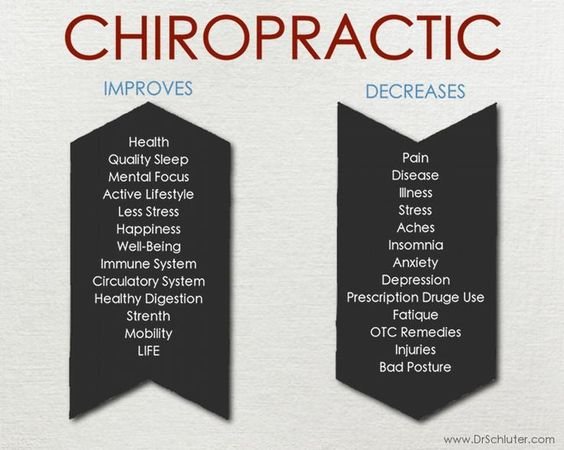A Beginner'S Guide To Comprehending Cervical Spine Anatomy And Its Impact On Neck Discomfort
A Beginner'S Guide To Comprehending Cervical Spine Anatomy And Its Impact On Neck Discomfort
Blog Article
Web Content Author-MacKay Desai
As you sit there, maybe feeling a stab of pain in your neck, have you ever before thought the elaborate frameworks that compose your cervical spine? Recognizing just how the vertebrae, discs, and nerves communicate in this region can clarify why neck pain can be so persistent and debilitating. By exploring the structures of cervical spine anatomy and its effects for neck pain, you might discover understandings that can assist you better manage or perhaps stop those unpleasant pains and tightness.
Importance of Cervical Spinal Column Makeup
Comprehending the importance of cervical spine composition is vital in comprehending the intricacies of neck pain. The cervical spinal column, made up of seven vertebrae, plays an important duty in supporting the head's weight and promoting movement. It houses the spinal cord, which transmits messages between the brain et cetera of the body. Furthermore, the cervical spine shields these fragile nerves and provides architectural stability to the neck region.
Additionally, the cervical spine allows for a vast array of motion, enabling you to turn your head, tilt it sidewards, and nod backwards and forwards. Each vertebra has details features and features that contribute to the general versatility and security of the neck. Comprehending the composition of the cervical back can help you comprehend how injuries or degenerative conditions in this area can lead to neck discomfort and associated symptoms.
Parts of the Cervical Spinal column
When checking out the components of the cervical spinal column, it ends up being noticeable that its structure consists of seven vertebrae, classified C1 to C7, stacked on top of each other. These vertebrae are vital as they supply support to the head and allow for a wide variety of movement in the neck.
The upper vertebra, C1, also referred to as the atlas, sustains the head and allows the sleeping movement of the head. Directly below C1 is the C2 vertebra, referred to as the axis, which allows for the rotation of the head back and forth.
Relocating down the cervical back, each vertebra plays a crucial function in preserving the spinal column's adaptability and security. Between each vertebra are intervertebral discs that act as cushions, soaking up shock and avoiding the vertebrae from scrubing versus each other.
Recognizing the elements of the cervical back is crucial in comprehending just how the back functions and its prospective effect on neck pain.
Connection In Between Back and Neck Discomfort
The link between the back and neck discomfort is a vital facet of comprehending bone and joint discomfort. Your spinal column, specifically the cervical area, plays a significant duty in supporting your head and allowing for numerous movements. When there's an issue in the spine, such as a herniated disc or imbalance, it can directly affect the surrounding tissues and nerves, bring about neck pain. Poor stance, injuries, and degenerative problems can all add to spine-related neck discomfort.
why does my back hurt so much to recognize that the back and neck function as a cohesive device. visit the following internet site of irregularities or inequalities in the back can cause strain on the neck muscle mass and tendons, causing pain and stiffness.
Verdict
Since you have a fundamental understanding of cervical back anatomy and its link to neck discomfort, you can better appreciate the intricacies of your very own neck pain. does insurance cover chiropractic care in mind, the health of your cervical back plays a crucial duty in supporting your head and helping with activity, so it is essential to care for it through correct position, workout, and normal examinations with a health care expert. Keep notified and aggressive regarding your spine health to avoid and take care of neck discomfort efficiently.
